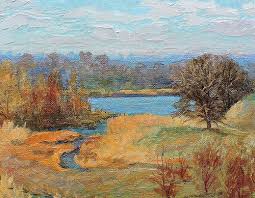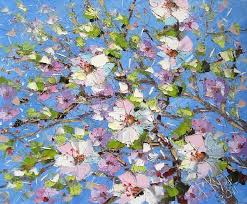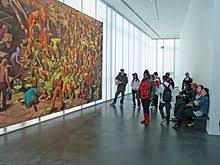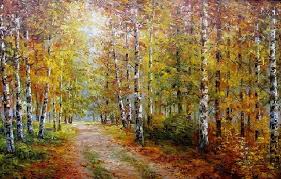computers
VITEBSK ART SCHOOL (part 1)
 Nikolay Gugnin. From the history of the Vitebsk art school.
Nikolay Gugnin. From the history of the Vitebsk art school.
In the late 1910s, the paths of many famous artists of the 20th century converged in the provincial city of Vitebsk. They were very different in their views on art, in belonging to one or another artistic movement, and the circumstances that brought them to Vitebsk were different. But all of them were united by the idea of creating the Vitebsk professional art school, now celebrating its seventy-five years. And this small (1918-1923 gg.) Period of time in its history became its first chapter, dramatic and vibrant. Continue reading
TALKS ON THE ISLANDS OF ART (part 1)
 Traveling in the endless sea of the Internet, you can find a great many large and small sites where people share their art, want to be heard and seen, but more often want to sell their works. On one of these islands I was lucky enough to meet a man who is seriously interested in the future of art. This is a Spanish writer and artist, recently engaged in the art associated with the latest computer technology Jrn Calo. He leads his multimedia magazine.
Traveling in the endless sea of the Internet, you can find a great many large and small sites where people share their art, want to be heard and seen, but more often want to sell their works. On one of these islands I was lucky enough to meet a man who is seriously interested in the future of art. This is a Spanish writer and artist, recently engaged in the art associated with the latest computer technology Jrn Calo. He leads his multimedia magazine.
We started a correspondence, which turned out to be interesting and useful to both of us. Questions related to contemporary art, concern many. Therefore, we decided to make our dialogue accessible to others – on the pages of the Spanish magazine and here on our website.
After my question, does he like the abstract works of one contemporary artist, Jrn Calo wrote me the following. Continue reading



